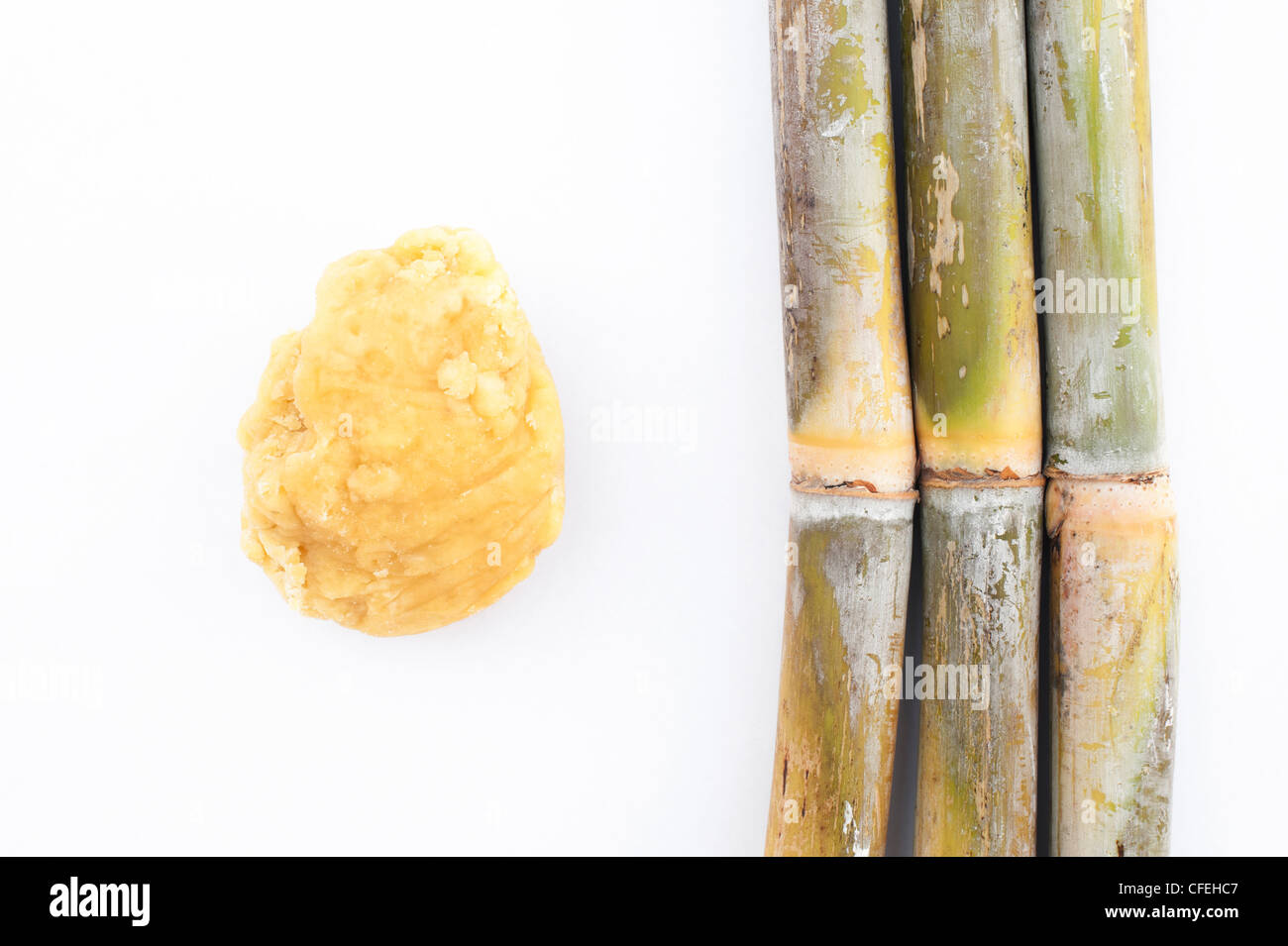Sugarcane Product in Traditional Remedies: Health Benefits You Should Know
Sugarcane Product in Traditional Remedies: Health Benefits You Should Know
Blog Article
The Trip of Sugarcane: From Harvest to Everyday Products
The journey of sugarcane is a multifaceted procedure that begins with thorough cultivation and finishes in a selection of items that permeate our everyday lives. As we check out the numerous aspects of sugarcane's trip, its duty in sustainability and the wider implications for our atmosphere come into sharper emphasis.
Cultivation of Sugarcane
The cultivation of sugarcane is an important agricultural process that needs particular environmental conditions and administration practices. Optimal development happens in subtropical and exotic areas where temperatures range between 20 ° C and 32 ° C. Adequate rainfall or watering is necessary, as sugarcane prospers in damp soil with well-drained conditions (sugarcane product). Dirt top quality dramatically affects yield; thus, farmers usually perform dirt examinations to identify nutrient requirements
This technique promotes effective collecting and maximizes sunshine direct exposure. Plant turning and intercropping are advised methods to boost dirt fertility and minimize bug problems.
Timely application of these fertilizers can dramatically boost sugar yields. Overall, successful sugarcane farming pivots on a combination of ecological stewardship, calculated planning, and recurring administration techniques.
Collecting Strategies
Successful sugarcane growing culminates in the collecting phase, which is essential for taking full advantage of yield and guaranteeing top quality. The timing of the harvest is vital; sugarcane is typically harvested when sucrose levels height, generally between 10 to 18 months after planting. This duration differs based on environment, soil kind, and sugarcane range.
Harvesting techniques can be broadly classified right into guidebook and mechanical methods. Manual harvesting is labor-intensive, counting on knowledgeable employees who utilize machetes to reduce the stalks short. This technique enables for discerning harvesting, where only the ripest walking sticks are selected, thus enhancing general sugar content.
Alternatively, mechanical harvesting has actually gained appeal as a result of its efficiency and cost-effectiveness. Specialized harvesters furnished with reducing blades and conveyor systems can refine large areas promptly, dramatically minimizing labor prices. This technique may lead to the inclusion of premature canes and a prospective decrease in sugar high quality.

Despite the technique used, guaranteeing that gathered walking canes are moved rapidly to processing facilities is vital. Trigger dealing with decreases putridity and preserves the integrity of the sugarcane, setting the phase for optimum processing.
Handling Methods
Processing sugarcane includes several important steps that change the gathered stalks into usable items, mostly sugar and molasses. The preliminary phase is cleaning the cane to remove soil and debris, adhered to by the extraction of juice via crushing or milling. This process commonly uses heavy rollers that break the cane fibers to release the wonderful fluid had within.
Once the juice is drawn out, it undertakes clarification, where pollutants such as soil bits and bagasse are eliminated. This is typically attained by adding lime and warming the juice, allowing sedimentation. The clarified juice is after that concentrated with evaporation, where water web content is lowered, resulting in a thick syrup.

Ultimately, the processing of sugarcane not just generates sugar and molasses however likewise lays the groundwork for numerous by-products, which will certainly be discovered in succeeding conversations.
Products Derived From Sugarcane
Sugarcane is a versatile crop that generates a vast range of items past simply sugar and molasses. Among the primary byproducts are ethanol and biofuels, which have actually acquired importance as renewable energy sources. Ethanol, generated through the fermentation of sugarcane juice, functions as a different to fossil fuels and is often combined with gas to develop cleaner-burning fuels, minimizing greenhouse gas exhausts.
In addition, sugarcane is a significant source of bagasse, the coarse deposit remaining after juice removal. Bagasse is made use of in various applications, consisting of the manufacturing of paper, eco-friendly product packaging, and as a biomass fuel for power generation. Its use not only reduces waste yet likewise boosts the sustainability of sugarcane handling.
Furthermore, sugarcane-derived products reach the food industry, where it offers as an all-natural flavor agent and sugar in different cooking applications. In the world of cosmetics, sugarcane essences are integrated right into skin care items due to their natural exfoliating properties.
Environmental Influence and Sustainability
The cultivation and handling of sugarcane have substantial implications for ecological sustainability. This crop calls for considerable water resources, commonly bring about exhaustion of regional water materials and influencing bordering environments. In addition, the use of fertilizers and chemicals in sugarcane farming can lead to dirt degradation and river air pollution, positioning risks to biodiversity.

Sustainable sugarcane farming also advertises soil health and wellness with crop rotation and minimized tillage, improving carbon sequestration. The adoption of these methods not only sustains environmental stability yet likewise improves the durability of farming areas against climate change.
Conclusion
In recap, the journey of sugarcane includes numerous phases from farming to processing, ultimately resulting in a large selection of products. The relevance of sugarcane prolongs beyond simple sweeteners, adding to renewable resource via ethanol manufacturing, sustainable packaging by means of bagasse, and all-natural essences for cosmetics. This diverse crop plays a vital function in both dietary enrichment and ecological sustainability, highlighting its relevance in contemporary agricultural and industrial techniques.
Effective sugarcane growing finishes in the collecting stage, which is pivotal for making the most of yield and ensuring quality. The timing of the harvest is vital; sugarcane is typically harvested when sucrose degrees height, usually in between 10 to 18 months after planting.Handling sugarcane includes numerous essential click to find out more actions that change the collected stalks right into useful items, largely sugar and molasses.Sugarcane is a versatile plant that produces a large variety of items beyond simply sugar and molasses. Additionally, the use of fertilizers and chemicals in sugarcane farming can result in soil degradation and waterway air pollution, presenting risks to biodiversity.
Report this page